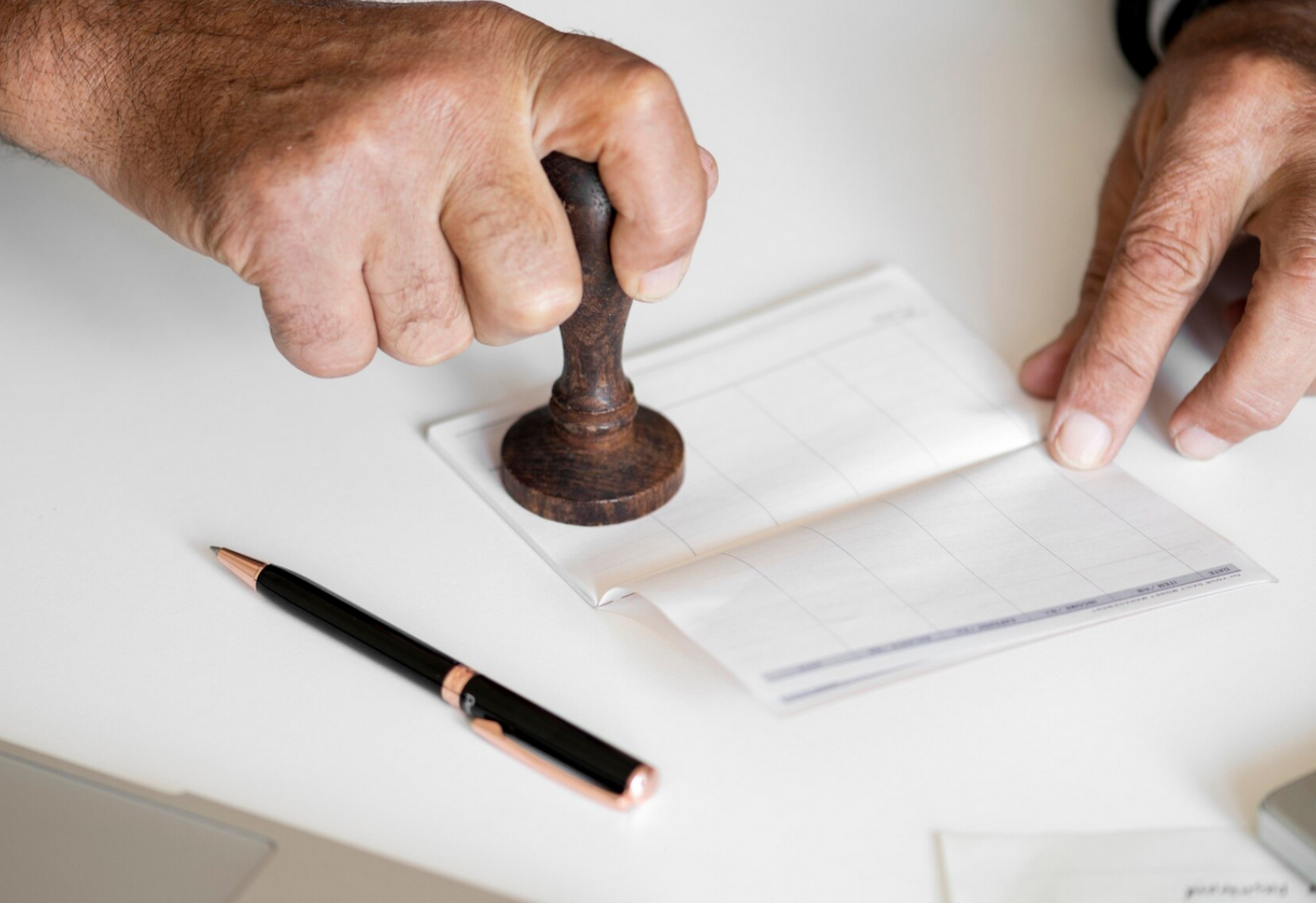Direct, Indirect, and Excise Taxes in India
25 Feb, 2525
In the realm of intellectual property law, patents grant exclusive rights to inventors, allowing them to control the production, use, and sale of their inventions. However, in certain situations, the government or other entities can override these exclusive rights through mechanisms like compulsory licensing and government use of patents. These provisions ensure that critical inventions, particularly in sectors like healthcare and public welfare, remain accessible and affordable to the public.
A compulsory license (CL) is a legal authorization that allows a third party to produce and use a patented invention without the patent holder's consent. It is issued by the Controller General of Patents, Designs & Trade Marks (CGPDTM) under specific conditions.
The Indian Patents Act, 1970, under Sections 84 to 92, outlines the circumstances under which a compulsory license can be granted.
A compulsory license can be granted if, after three years from the patent grant, any of the following conditions are met:
Non-Availability: The patented invention is not available to the public at a reasonable price.
Non-Working in India: The patent is not being worked (i.e., used) in India.
Public Interest: The invention is necessary for public health or national security.
Any person interested in manufacturing the patented product can file an application before the Controller of Patents.
The applicant must prove that they made efforts to obtain a voluntary license from the patent holder but failed.
The Controller will examine the application, considering factors like public demand and the patent holder’s investment.
If satisfied, the Controller may grant a compulsory license with specific conditions, including a royalty payment to the patent holder.
In 2012, Natco Pharma received India’s first compulsory license to produce Nexavar (Sorafenib Tosylate), a life-saving cancer drug patented by Bayer, making it more affordable for Indian patients.
Apart from compulsory licensing, governments have the power to use patented inventions for public purposes without the patent holder’s permission.
Section 100: The Central Government can authorize any party to use a patented invention for government purposes.
Section 102: The government can acquire a patent from the owner for public benefit.
In times of emergencies, pandemics, or national security concerns.
To ensure the availability of essential medicines, vaccines, or medical devices.
For public sector research and development.
During the COVID-19 pandemic, many countries discussed using compulsory licensing to manufacture vaccines like Remdesivir and Favipiravir at an affordable cost.
| Feature | Compulsory License | Government Use of Patent |
|---|---|---|
| Who applies? | Private manufacturers | Central Government |
| Purpose | Public interest and affordability | National security and public welfare |
| Royalty Payment | Yes, to the patent holder | Yes, but may be lower |
| Patent Owner’s Consent | Not required but must be informed | Not required |
Encourages innovation while balancing public interest.
Prevents patent hoarding that could lead to monopolies.
Ensures availability of essential products like life-saving drugs and technology.
Compulsory licensing and government use of patents serve as crucial tools to maintain a balance between intellectual property rights and public welfare. These provisions ensure that patented inventions, particularly in the fields of medicine and technology, remain accessible to the people who need them the most. While they respect the rights of patent holders, they also prioritize broader societal needs, making them essential features of India’s patent law framework.
0 Comments